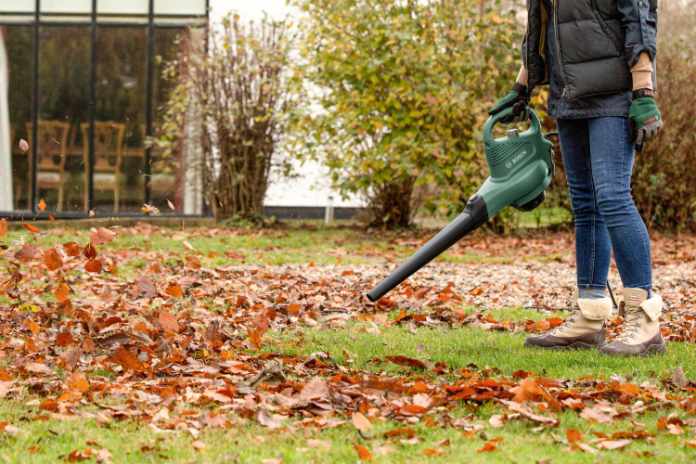So, are you ready for the great garden tidy-up, when you empty pots of worn-out summer bedding, prepare your lawn for winter, trim hedges and rake leaves?
Garden tools list for a autumn tidy-up
There are a range of garden tools that will help you make light work of the most arduous jobs. With advice from Louise Golden, gardening expert at Dobbies Garden Centres, here are some of the right tools for the right jobs…
Digging tools
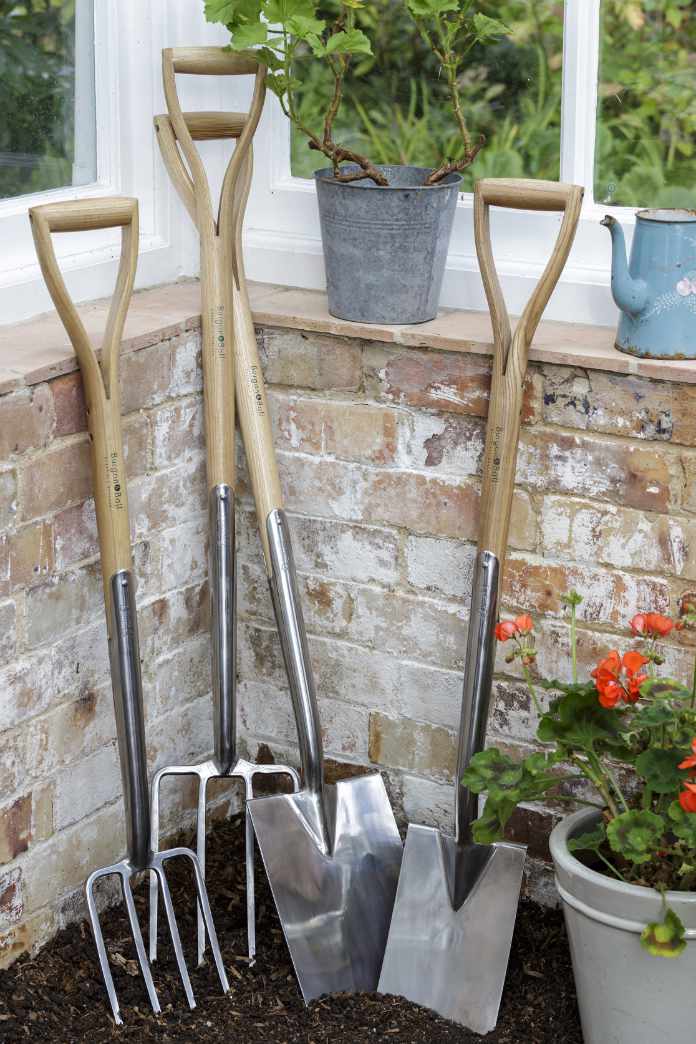
You’ll need a good fork to break up the ground and a good spade to clear any old, dusty soil before adding a good dose of organic matter such as compost or well-matured manure to the area.
Try quality spades and forks from Burgon & Ball (burgonandball.com) available in lightweight versions (£39.99 each) ideal for a smaller garden, or regular digging size (£42.99).
If you’re creating a new bed or need to clear a lot of ground, consider the new Ego (egopowerplus.co.uk) multi-tool cultivator attachment with a 24cm cutting width (£149).
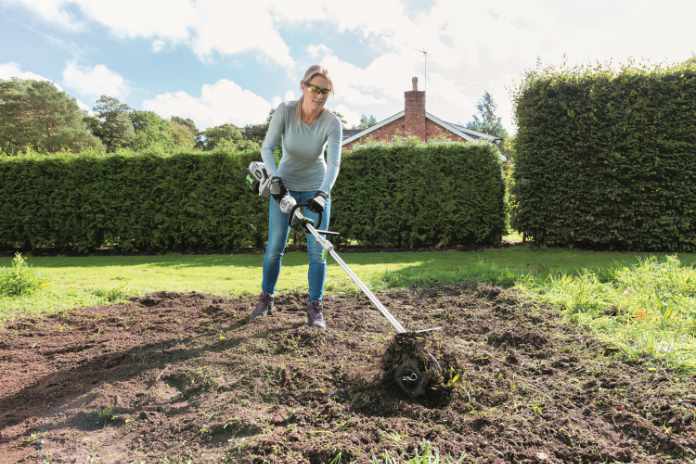
It provides an easier way to prepare soil for planting. Its rotating teeth remove weeds and aerate the soil, doing all the hard work so you don’t have to.
Golden also advises giving your lawn some TLC to see it through winter by aerating it with a garden fork to reduce compaction, and scarifying it with a springtine rake to remove moss.
Best tool for planting bulbs
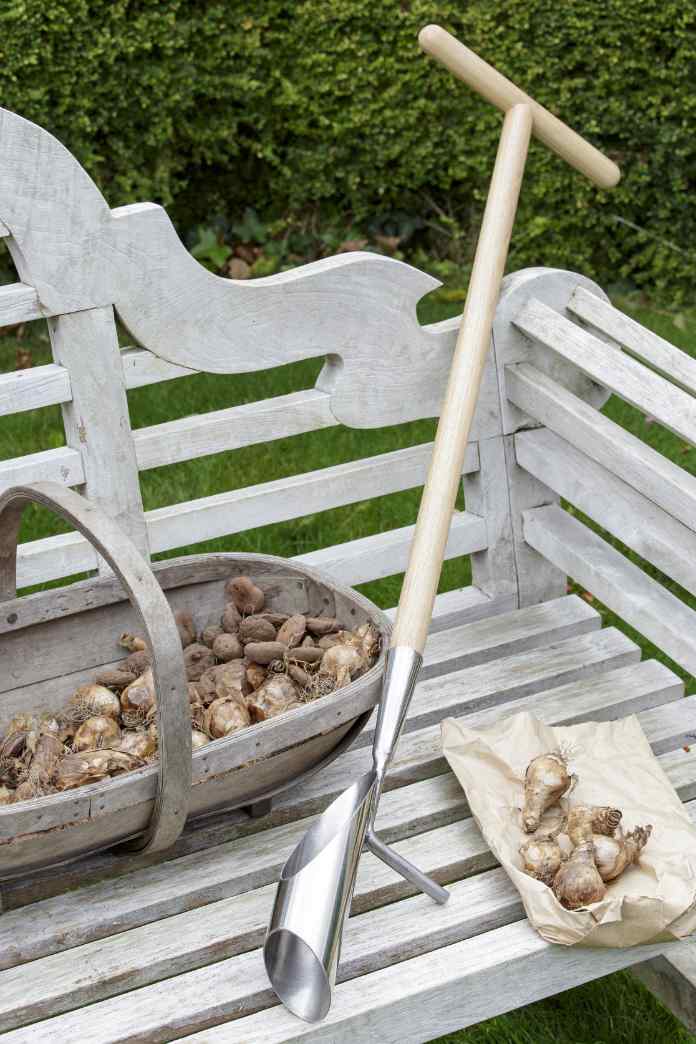
“Planting spring flowering bulbs is a major autumn task, and so a handy tool to use is a bulb planter,” says Golden. “They make light work of the task and speed up the process, particularly when planting lots of bulbs to naturalise in grass.”
Now’s a good time to plant narcissi, crocuses and hyacinths, so make life easy by investing in a long-handled bulb planter like Kent & Stowe’s Traditional Long Handled Bulb Planter (£34.89 Amazon) with a tough footbar to allow you to go easily to the maximum depth, instead of struggling on your hands and knees with a trowel that will make hard work of digging deep enough.
Best pruning tools
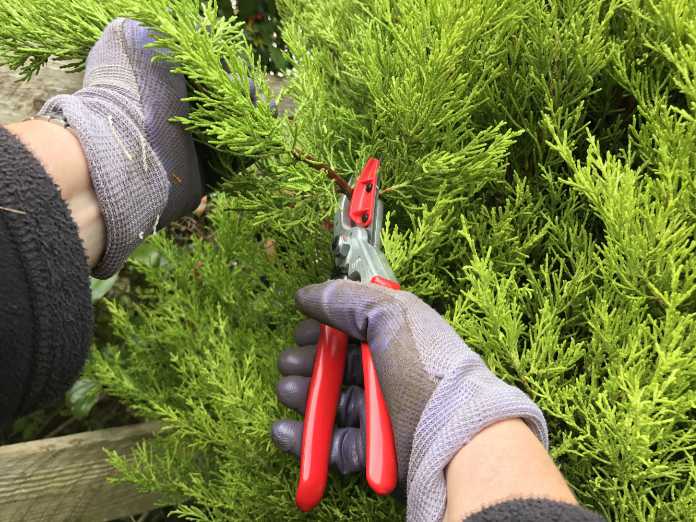
Some pruning can be done in the autumn to get rid of dead wood and help shape shrubs and trees for the following year. Secateurs are essential for this job and there are two types, anvil and bypass.
The anvil works on the principle of a sharp blade cutting down on to an anvil, but the cutting blade needs to be kept really sharp for it to be effective. Bypass secateurs work whereby a sharp curved blade bypasses a curved cutting plate, severing a branch without much effort.
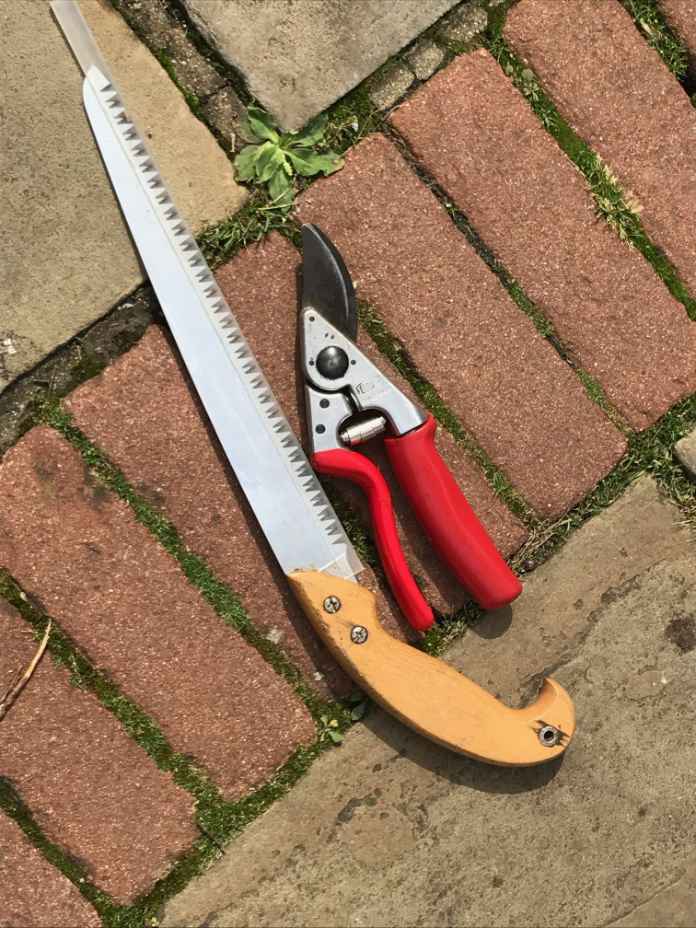
You shouldn’t be trying to cut a branch with a diameter thicker than 1cm (0.5in) with secateurs. Any thicker and you should opt for a pruning saw such as the Silky, a Japanese blade with teeth with three razor-edged facets which cut smooth and don’t leave loose edges.
You’ll need a good set of cutting tools for clipping overgrown shrubs and perennials which have finished flowering. Sarah Raven’s new range of tools includes steel-bladed bypass pruners (£19.95, sarahraven.com) with non-slip grips and a quick-release locking mechanism.
There are pocket pruners available too, where the blade folds into the handle until you need to use it, which are handy for carrying around routinely.
Long-reach pruning tools
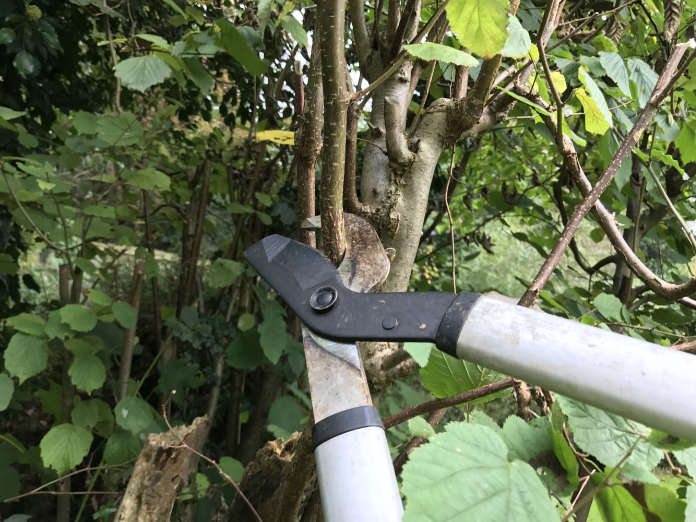
If you are hard-pruning overgrown shrubs, loppers are invaluable. Some versions come with extendable arms for those branches which are just out of reach, and they are ideal for cutting out old congested wood from inside thorny shrubs such as berberis and roses, but they are also good for reducing the size of large branches you have already cut off with the saw, to make them more manageable to take to the your local recycling centre.
If you don’t like heavy kit, go for Wilkinson Sword’s Ultralight Bypass Loppers (£21.99, Amazon) to help to cut back overhanging vegetation. The non-stick coated blade cuts through young and green wood, while the loppers are 50% lighter than standard, saving arm strain when working for long periods of time.
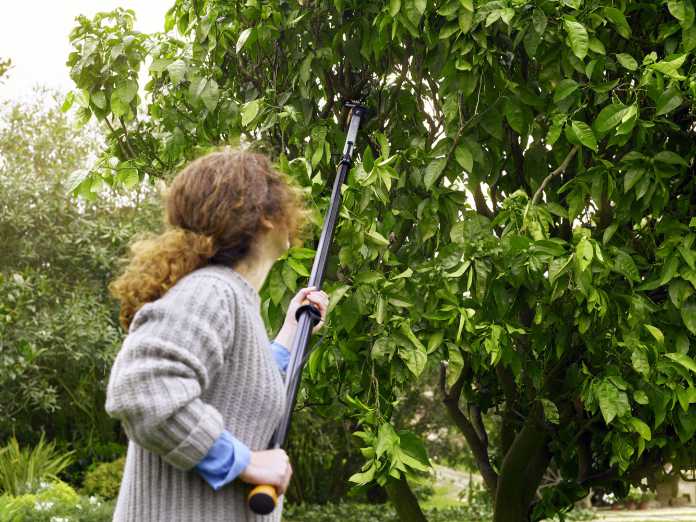
Pole pruners are also useful when it comes to shrubs that are too tall to reach and the ground’s too uneven to safely place a ladder. These are basically secateurs attached to an extendable pole, operated by a trigger at the gardener’s end of the pole. You may not be able to cut as accurately as you’d like, but it won’t matter if the trees or shrubs are vigorous.
Hedge trimming tools
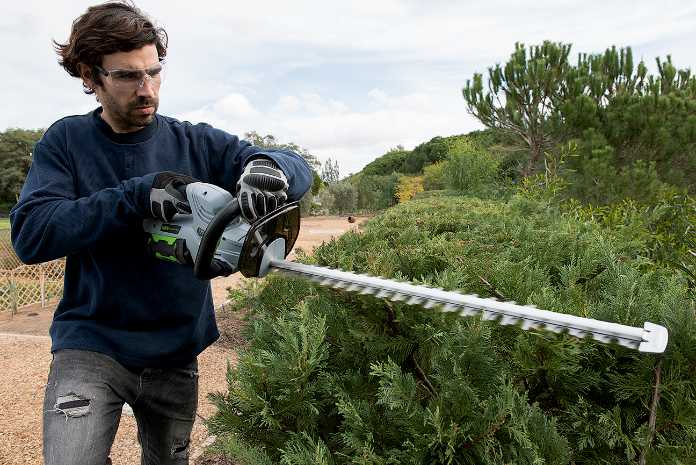
“Early autumn is the perfect time to trim evergreen hedges for a neat finish that will remain crisp all winter long,” says Golden. “Hedging shears are ideal, whether hand, electric or motor, depending on the size of the task in hand.”
If you’ve followed RSPB advice not to cut hedges between March and August – the main breeding season for nesting birds – now may be a good time to tidy up hornbeam, beech, Leyland cypress and thuja hedges. Fast-growing hedges such as privet or the evergreen honeysuckle can also be cut now, but no later than the end of September.
Make sure you leave enough greenery for birds to nest in and be careful where you trim in case you disturb any wildlife. Electric hedge trimmers do the job if you have a power source handy and aren’t prone to cutting through cables, but there are equally good battery-powered hedge trimmers on the market, which provide just as good a cut and some recharge within half an hour.
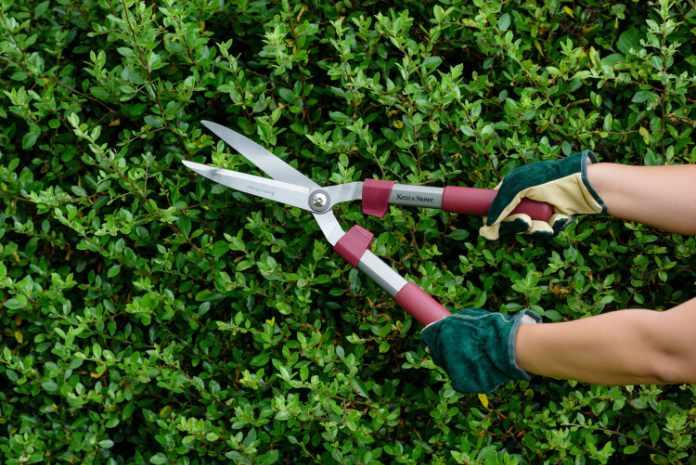
For smaller hedges you could do the job with a decent pair of shears such as Kent & Stowe hedge shears (£17.99, dobbies.com). For larger hedges, battery power may be the way to go.
Tools for clearing leaves
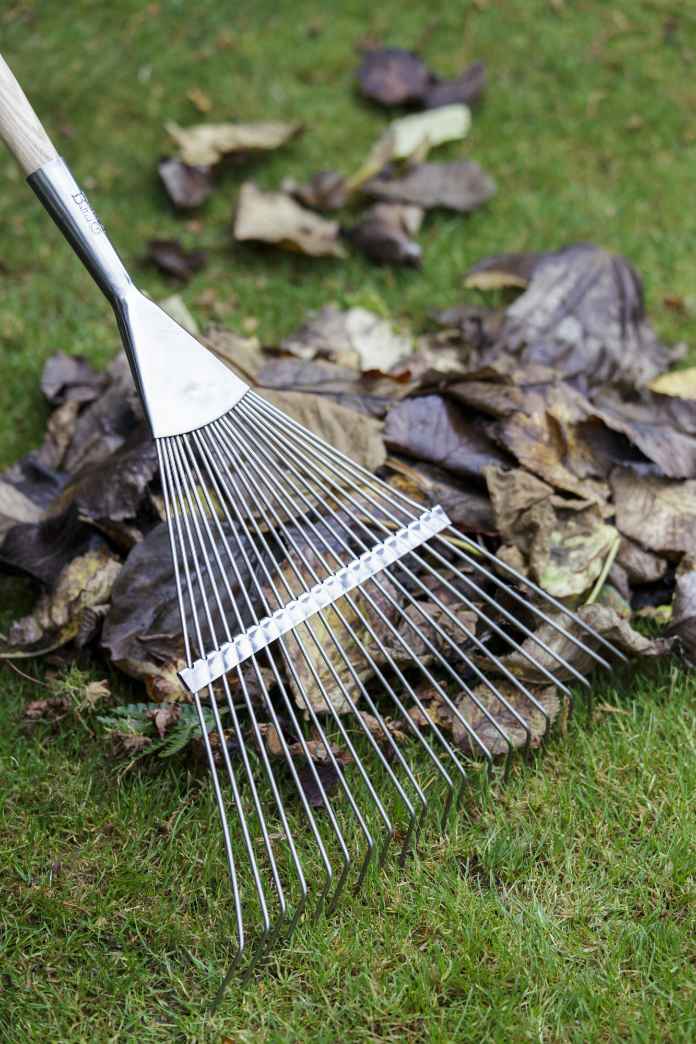
If you have plenty of trees, you’re going to need a decent lawn rake to gather up the leaves which have amassed on your lawn or in your flowerbeds. If not dealt with, leaves can harbour pests and diseases over winter and could leave you with a shed load of problems next year. They also make pathways and patios before they become too soggy to rake and make the ground really slippery.
Use either a wide fan-shaped springy metal rake for the job or a similar plastic version. The important thing is that the rake achieves a good span of the area and preferably has forks which curve inwards at the end, to allow a maximum sweep. Make sure your rake has a strong, long handle.
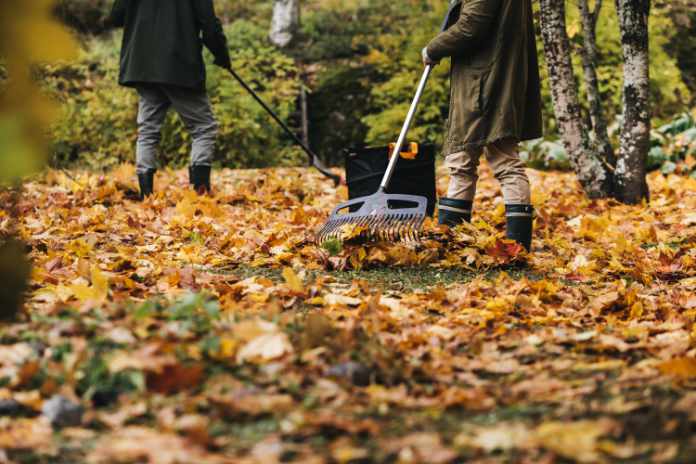
If you have a small area you can make do with a standard rake, but if there are a lot of leaves on your lawn, go for a rake such as the Fiskars Gardening Action Xact Leaf Rake (RRP £31.99, available from DIY retailers including B&Q and Homebase and all good garden centres).
If you can bear a slightly less pristine garden, leave leaves in your borders, which act as a mulch and can help protect overwintering creatures.
If you want to scarify your lawn, a springtine rake is ideal for the job as it will remove moss and thatch as you rake, allowing new shoots through in spring. You may also want to make use of a garden fork to make holes in the lawn to aerate it and reduce compaction, and fill the holes with sharp sand to aid drainage.
Leaf blowers
If you have a larger area, use a leaf blower to direct leaves into a pile before bagging them up for the compost bin or to make leaf mould, which can be used as a mulch on beds and borders.Consider a combined leaf blower and sucker such as the Bosch UniversalGardenTidy blower-vacuum (£84.66, Amazon), a three-in-one gizmo which can blow, vacuum or shred, disposing of leaves and other garden debris.
Talking of mulching, if you have a lot of garden debris which you want to break down, such as thick twigs and logs, it might be worth investing in a shredder which will munch thicker clippings into an ideal mulch for your plants, but don’t put in seeding weeds, spiny prunings or diseased plants. The disadvantage of these is that they are pretty noisy, so the investment may not go down well with the neighbours.
Lawnmovers
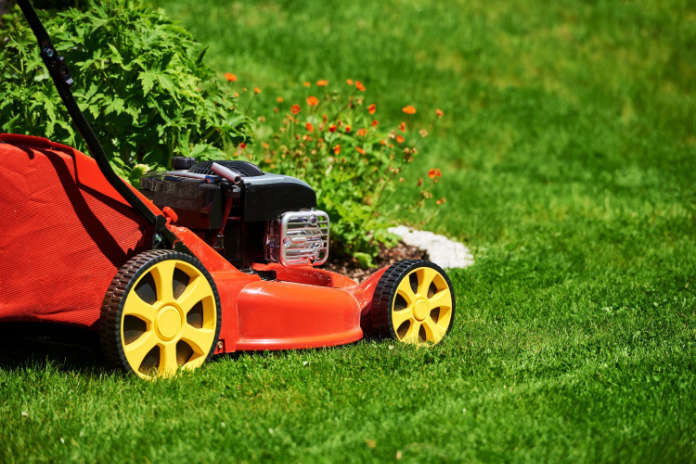
Lawnmowers can help reduce problems with leaves on the lawn, if you just raise the blades and mow the grass, the leaves should be chopped up and collected in the grass box, ready for composting.
If your grass edges have become out of control and invaded by weeds, the perfect tool for tackling rough areas is a brushcutter, a bladed tool which will tackle long grass, brambles, weeds and nettles.
You may also be interested in…
This article may include affiliate links to products and services where we may receive a small fee to support the running of this site if you make a purchase or is a sponsored article from one of our select editorial partners providing valuable advice and information to our readers.
























































